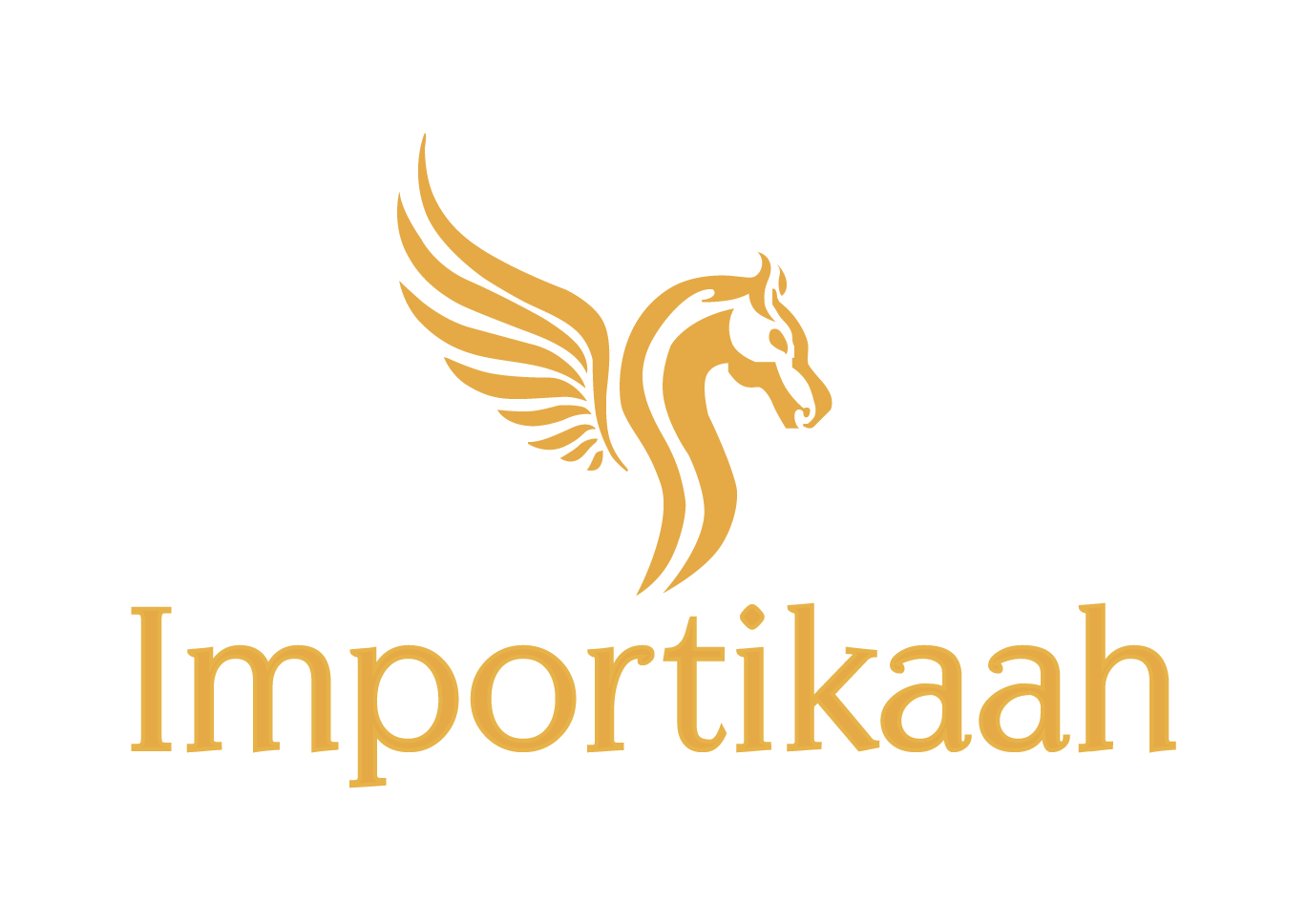Postpartum joint pain is a common occurrence for new mothers, stemming from a complex mix of hormonal changes, physical stress of childbirth, and the demands of caring for a newborn. Understanding the underlying causes and exploring various relief methods can significantly improve the quality of life for women dealing with this challenging issue. This comprehensive guide offers valuable insights and practical strategies for managing and alleviating postpartum joint pain.
Introduction to Postpartum Joint Pain
After childbirth, many women experience postpartum joint pain, which can affect various parts of the body including the hips, back, knees, and wrists. While it is a natural part of the healing process, it can also be a source of discomfort and a hindrance to day-to-day activities. The postpartum period requires a balance of rest and activity, making it essential for new mothers to find safe and effective ways to manage their joint pain.
Exploring the Causes of Postpartum Joint Pain
The causes of postpartum joint pain are multifaceted and may include:
- Hormonal fluctuations that affect joint stability.
- Physical strain of carrying and delivering a baby.
- Changes in posture and alignment during pregnancy and breastfeeding.
- Depletion of calcium and other nutrients.
- Emotional stress and fatigue contributing to muscle tension.
Understanding these causes is crucial for tailoring a pain relief approach that addresses the specific needs of postpartum mothers.
Relief Methods for Postpartum Joint Pain
Fortunately, there are several strategies that can help alleviate joint pain after childbirth. Exploring a range of methods allows women to customize their approach and optimize their recovery. Effective relief methods include:
- Physical Therapy: Working with a physical therapist can guide new mothers through exercises tailored to strengthen joints and relieve pain.
- Postpartum Exercises: Gentle exercise routines, such as postnatal yoga or Pilates, can help restore core strength and improve joint stability.
- Hot and Cold Therapy: Applying heat or cold to affected areas may reduce inflammation, ease pain, and promote healing.
- Supportive Gear: Utilizing items like maternity belts or joint braces can provide additional support to vulnerable areas.
- Nutrition: A balanced diet rich in calcium, magnesium, and omega-3 fatty acids can support joint health and reduce inflammation.
- Hydration: Staying well-hydrated is important for overall health and can help keep joints lubricated.
- Rest: Ensuring adequate rest and sleep is vital for the body's repair processes and can help reduce joint pain.
Integrating these methods into daily life can create a powerful toolset for managing postpartum joint pain with the ultimate goal of full recovery.
When to See a Doctor
While postpartum joint pain is often manageable with self-care and home remedies, it can sometimes be a sign of a more serious condition. New mothers should seek medical attention if they experience:
- Severe or persistent pain that does not improve with home care.
- Signs of infection such as redness, swelling, or warmth in the joints.
- Joint pain accompanied by other symptoms like fever or unexplained weight loss.
Timely consultation with a healthcare provider can ensure proper diagnosis and treatment, preventing potential complications.
Final Thoughts on Managing Postpartum Joint Pain
Addressing postpartum joint pain effectively involves a combination of self-care practices, lifestyle adjustments, and possibly medical interventions. By staying informed and proactive, new mothers can navigate this challenging period with greater ease and comfort. Embracing a holistic approach to postpartum healing not only aids in managing joint pain but also contributes to overall well-being during the critical transition into motherhood.

